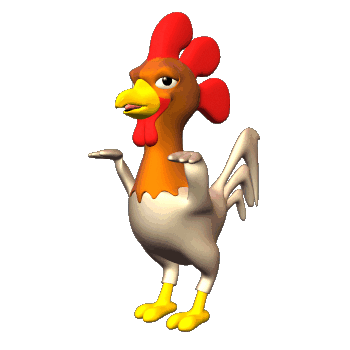
Lemon Cuckoo Orpington


Orpingtons are a cold climate hardy dual purpose bird that were bred as much for their looks and temperament as for their egg laying capabilities. A healthy Orpington hen should lay 200 – 250 eggs per year and achieve a weight of between 6 – 8lbs and a rooster should typically achieve a weight of between 8 -10lbs. Our roos tend to be on the larger and taller side at around 20-22" tall and 14lbs. The term "dual purpose" refers to the breeds ability to be raised for its generous egg laying capabilities as well as for its meat.
The barring gene is a sex linked dominant gene causing an absence of coloration in the feathers and causing white pigment in bars on the color. It is a very interesting gene as it can be applied to a variety of colors including Buff, Lavender, Chocolate, and Black . The "Cuckoo" trait is a co-dominant gene which is why it is rare and more expensive. A single barred male would be considered a dominant and the double barred would be the super form. A barred male that carries only one barred gene when crossed to a barred female will produce about 25% barred cockerels. Half of those barred cockerels will have a single barred gene. The other half of those will have the double barred gene. The remaining will be 25% barred females and 25% solid females.
Taking a barred male with one barring gene and crossing it to a solid colored female will produce 25% barred males with one barring gene and 25% barred females. The remaining 50% of the birds will be of a solid color.
Now on to a barred male with two barred genes. If you take that double barred rooster and cross it to a barred female you will get about 50% barred males that will carry the double barring gene. The remaining 50% of hens will be barred.To cross a barred male with two barring genes to a solid female you should plan on getting about 50% barred cockerels with one barring gene. The remaining half will be barred pullets. Breeding a double gene barring rooster to a solid hen will give you the result of having the most barred offspring. Using the finest stock you can obtain of both barred rooster and solid hen will give you the best results.
Last but not least the solid male crossed with a barred female will give you 50% barred males with one barring gene and half solid pullets.
The Barring Gene in short
Double Barred Male X Barred Female = Double Barred Males and Barred Females
Single Barred Male X Barred Female = 25% Double Barred Males, 25% Single Barred Males, 25% Barred Females, and 25% Solid Females
Double Barred Male X Solid Female = Single Barred Males and Barred Females
Single Barred Male X Solid Female = 25% Single Barred Males, 25% Barred Females, and 50% Solid
Solid Male X Barred Female = All Males will be Single Barred and All Females will be Solid



